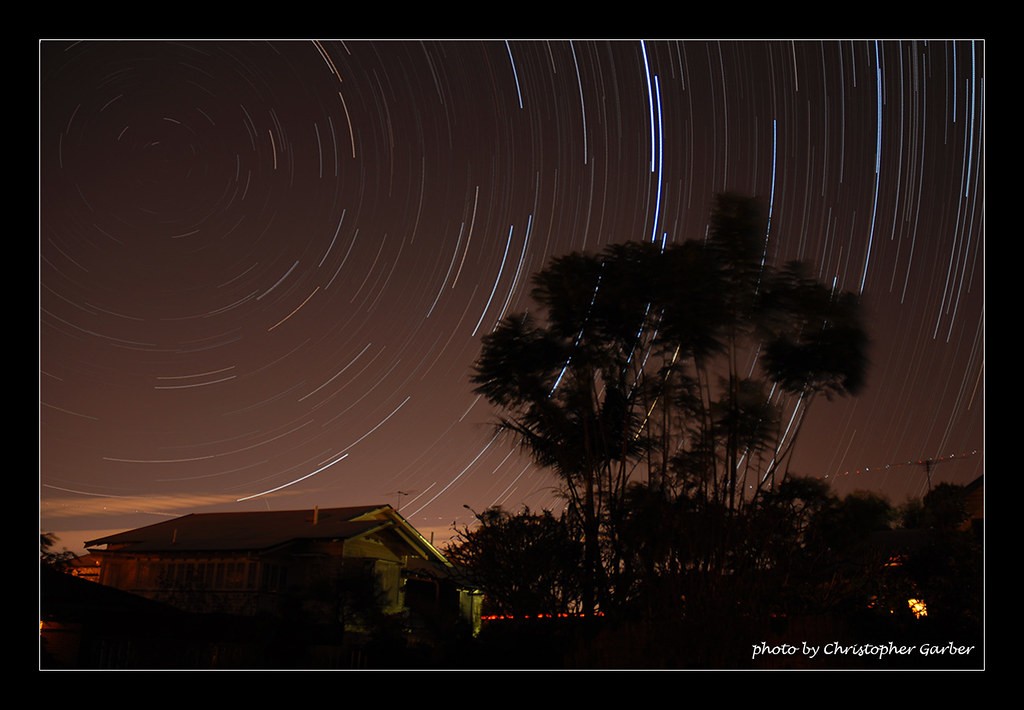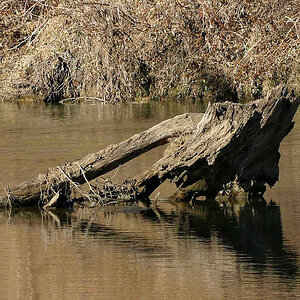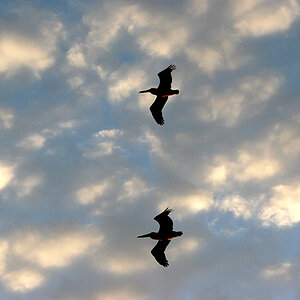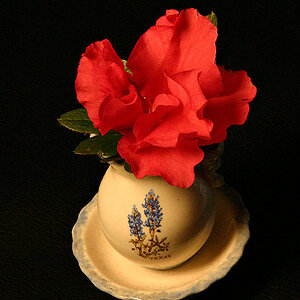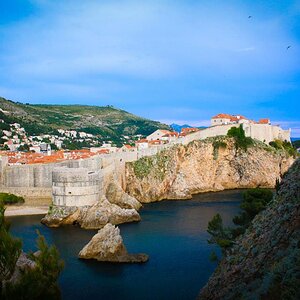nrois02
TPF Noob!
- Joined
- Feb 10, 2009
- Messages
- 324
- Reaction score
- 0
- Location
- Boston
- Can others edit my Photos
- Photos OK to edit
hello to everyone that reads this. I am a new member here so..... just want to say hi and ask a question.
why does my nikon d80 give me these purple corners when i do long exposures at night and there is cloudy parts in it why is that?. it was a 25 minute exposure btw.
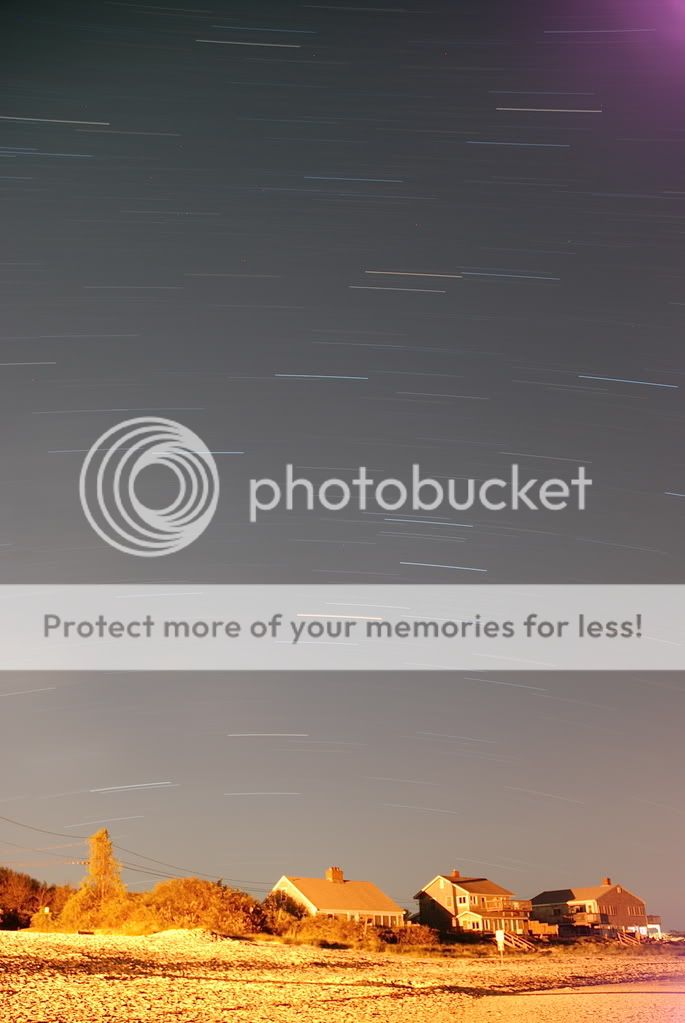
and then photoshopped a little bit
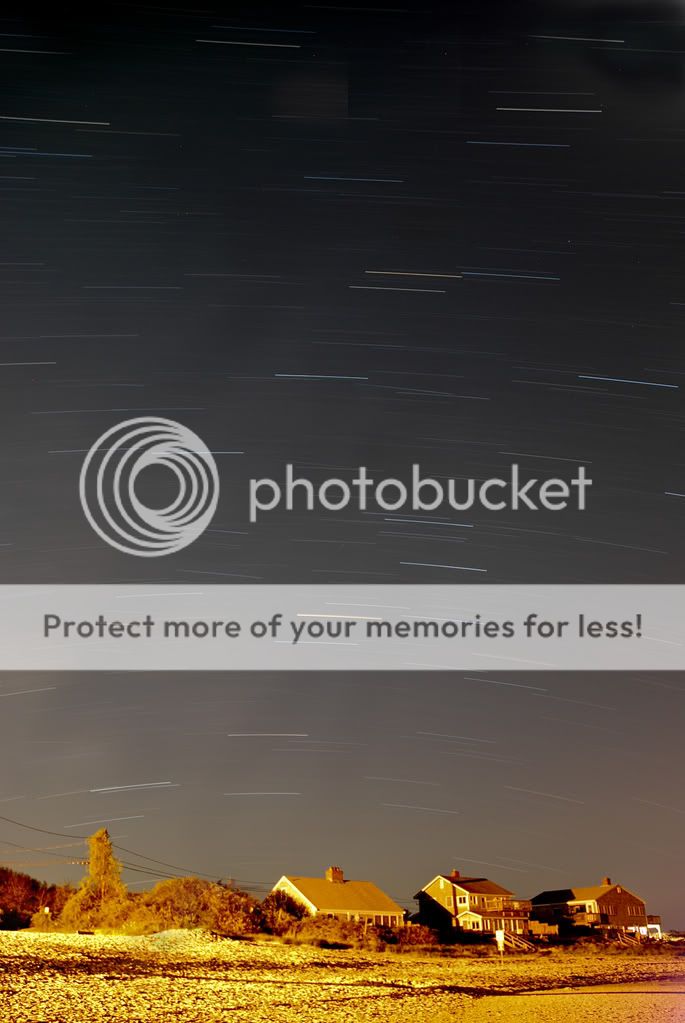
why does my nikon d80 give me these purple corners when i do long exposures at night and there is cloudy parts in it why is that?. it was a 25 minute exposure btw.

and then photoshopped a little bit




